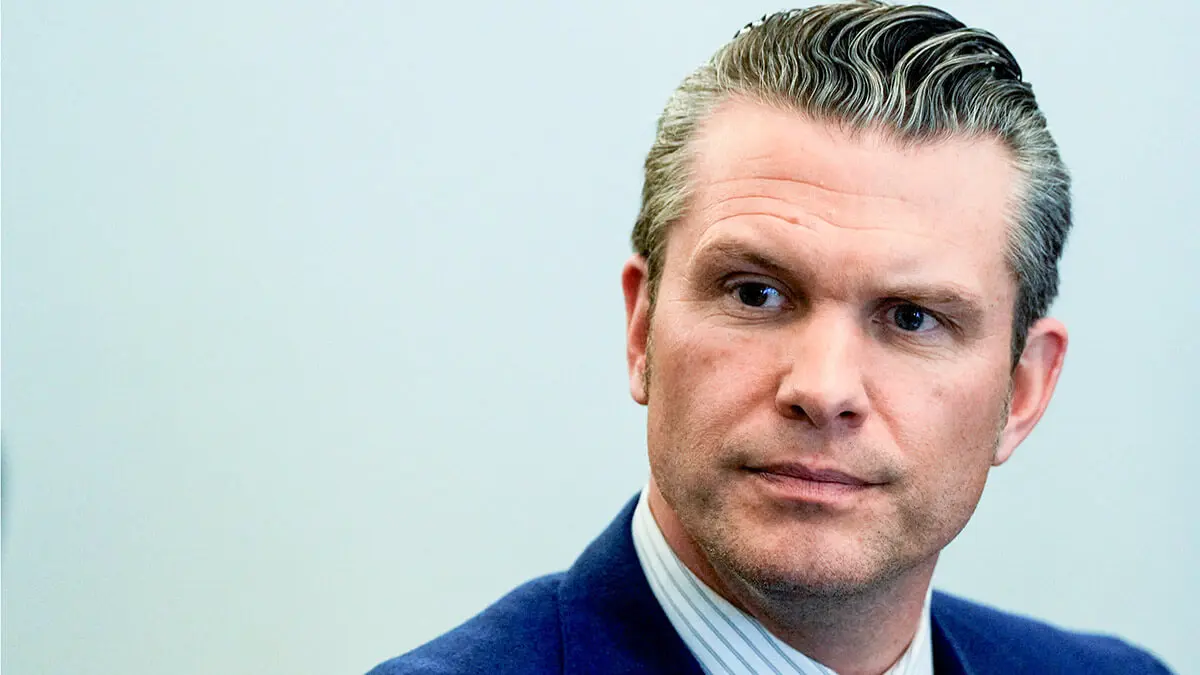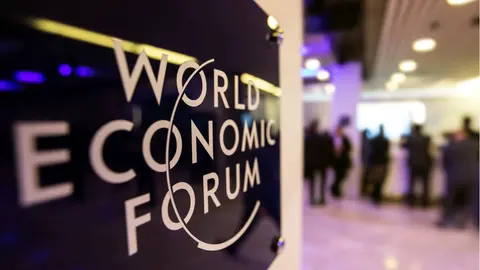Trump snubs Europe to please Putin

In Brussels, Pentagon chief Pete Hegseth said at a NATO meeting that his country's priority is not to defend Europe any more; while the Treasury Secretary travelled to Kiev to collect a bill for 500 billion dollars of military aid; and, two days later, Volodimir Zelenski held a meeting in Munich with the vice-president, J. D. Vance, on the ceasefire that the United States is already negotiating with Russia.
Days before the third anniversary of the invasion of Ukraine by Russian troops, President Donald Trump held a call with Russian dictator Vladimir Putin to initiate peace talks in Ukraine.
He did so on the same day that Hegseth outlined the red lines of the United States with its NATO partners (formerly allies) and Zelenski negotiated in Kiev, with Scott Bessent, the US Treasury Secretary, all the areas of business and investment that Ukraine will cede to US multinationals. Trump doesn't make a move without a purpose.
The phone call between Trump and Putin has unsettled Europe, which fears being left out of any hypothetical peace negotiations; nor does it seem possible that Zelenski himself will be present, given that his country is the one being invaded.
Since last December, Trump appointed retired General Keith Kellogg as special envoy for Russia and Ukraine to make the first contacts for the new White House administration. Kellogg made no progress with the Kremlin, while the Kiev government has maintained its interest in learning about Trump's peace plan.
Trump, who during his campaign promised to stop the war in a day and also swore time and time again that ‘this would never have happened if I had been in government’, has had to personally seek out Putin to establish a direct dialogue. Although the Russian dictator has already made it very clear publicly that he will not sit at the same table as Zelenski.
The last time Trump and Putin saw each other was in Helsinki on 16 July 2018, a meeting between the two leaders during the Republican politician's first presidency. I had the opportunity to attend that summit as a correspondent, and already on that stage, Trump himself invited Putin for an official visit to the United States.
Recently, on 12 February, Trump spoke to the Russian dictator on the phone to initiate talks on a ceasefire in Ukraine.
In the exchange of views, the US politician said he had invited Putin (again) to visit the United States; and, in return, the Russian leader reciprocated by inviting him to the Kremlin. There is no set date for these official trips.
Nor is there a date for what will be the first bilateral meeting, that summit for peace. Initially, a meeting in Switzerland was even considered likely, again in Geneva, as happened on 16 June 2021, when then-President Joe Biden went to a meeting with Putin to, among other things, warn him to order his hackers to stop the daily attacks on various vital US infrastructures. I was also present at that meeting as a correspondent.
After Trump announced sanctions against the International Criminal Court for its arrest warrant against Israeli Prime Minister Benjamin Netanyahu and his former Defence Minister Yoav Gallant, the Swiss government refused to host the peace summit.
Given the complexity of where Trump and Putin could meet, scenarios such as Saudi Arabia, Hungary or Turkey have been considered. The Turkish nation has tried on several occasions to become a mediator between Ukraine and Putin, with the aim of achieving a ceasefire. In the end it seems that Saudi Arabia will be the chosen site.
Ukraine in the most difficult days
On 24 February Ukraine will have been invaded for three years. There are no clear figures on how many soldiers, almost all of them young, have died on both sides. Trump recently said that in total there were more than one and a half million dead and Russia has borne the brunt.
Both the North Atlantic Treaty Organisation (NATO), made up of 32 countries, and the European Union (EU) are in despair about the future of Ukraine, which is none other than the future of Europe, in the face of Putin's growing and dominant shadow.
That Trump intends, at a bilateral summit with Putin, to negotiate the future of Ukraine and divide the territory up, with one part for Russian supremacism and the other for the American oligarchy, is seen as outrageous and immoral. The White House wants Zelenski to announce surrender.
In the midst of these historic and difficult hours that will define the future of 35 million Ukrainians (before the war there were 42 million inhabitants, many have emigrated with the war) the European Union demands to be at the negotiating table and opposes a bilateral solution, without the EU and, of course, without the aggressed country that is Ukraine.
Kaja Kallas, head of EU Foreign Policy, criticised President Trump for trying to sideline Ukraine and only maintaining a commitment to a ceasefire negotiated with Russia and under Russian terms and forcing Ukraine to make territorial concessions.
During the visit to NATO, the head of the Pentagon made a series of statements that left the rest of the Defence Ministers gathered at the headquarters of the Transatlantic Alliance ‘shocked’: ‘It is not realistic for Ukraine to think it will regain its 1991 borders, nor is it realistic for it to believe it will join NATO’.
Furthermore, Hegseth dropped other bombshells: ‘The United States will no longer tolerate European NATO members depending on Washington for their security. Europe is no longer our defence priority and if they decide to help Ukraine there will be no US troops in Ukraine, nor will NATO's Article 5 be activated’.
The only time in the history of the Transatlantic Alliance (which was born on 4 April 1949) that Article 5 was activated was after the attacks of 11 September 2001 and the then president George Bush requested defensive aid from his allies.
In his red lines, Hegseth emphasised the need for Europe to increase its defence spending to 5% per year and to have a better deterrent strategy because Europeans will have to defend themselves as the United States has its own priorities: ‘We have to strengthen US internal security and defence by improving the control of our borders and, above all, increase our capabilities in the Indo-Pacific. For us, our main concern is China’.
Questioned by the press about the role that Trump could play in favour of Putin and not of Ukraine, which is the country under attack, the head of the Pentagon once again emphasised that Trump is the leader of the world and is a businessman with a practical vision and under that framework neither Ukraine nor Russia will have everything they want.
In this respect, Ben Wallace, former Secretary of Defence of the United Kingdom, declared that the United States under the presidency of Trump is going to betray Ukraine and the Ukrainians' struggle against Putin. And, incidentally, it will try to sink Europe in order to congratulate Putin.



